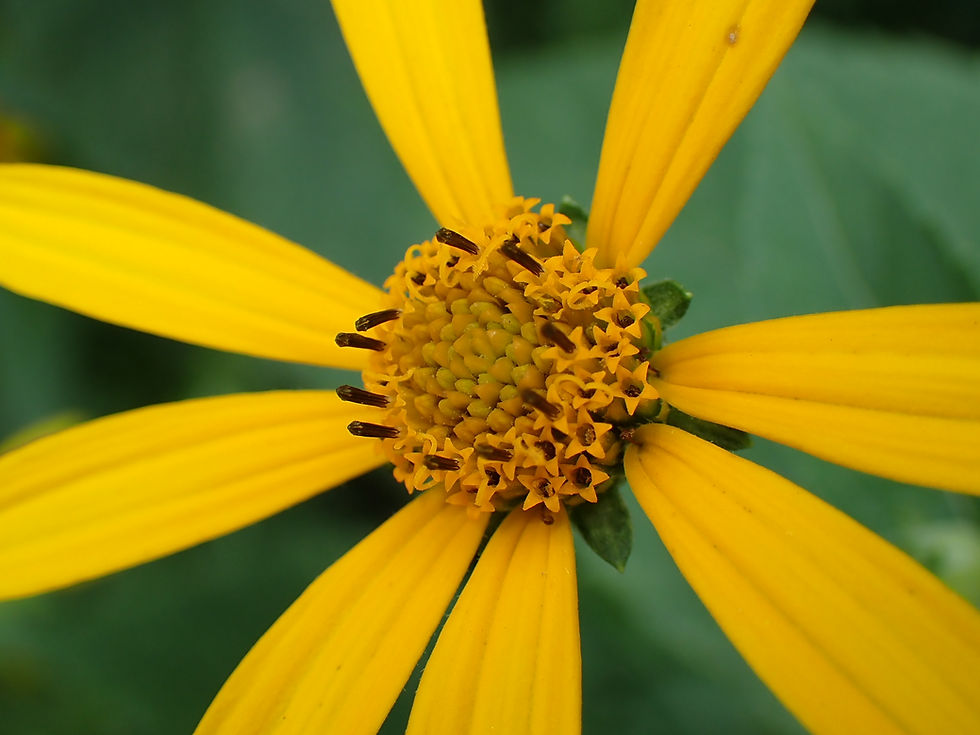How To Use A Zoom Lens The Right Way
- J. Logan

- Dec 7, 2022
- 4 min read
Updated: Jan 12, 2023
Bottom Line | Use your zoom like a bag of prime lenses and shoot with intent not convenience.
There are many arguments over the zoom versus prime debate. Besides the debate itself there is always a consideration for the usefulness of either for the end result you’re getting.
Every photographer and situation calls for something different and there is no such thing as “better”.
However, in the case where you would choose a zoom over a prime lens there is a proper way to get the most out of it, in my opinion. When you are first starting out in photography you often get a kit lens which is 99% a standard zoom of some kind. Typically, an 18-55 (crop sensor), 18-135 (crop sensor), 24-105, or 28-200. These are not usually any good but what they are good at is giving you a sneak peak as some of the most used focal lengths in photography. This is an opportunity to really get to know your style and what focal length works for you.
The problem is most people are not engaged in their photography enough for them to get the shots they want. If you're standing there with a zoom and not moving around to get your shot you're making a big mistake.

Zooms vs Primes
Using a zoom is obviously different from using a prime but it shouldn’t. In my opinion, the top advantage of using a zoom is not being forced to change lenses frequently. Changing lenses has its risks like getting dust on the sensor, dropping the lens or camera, and missing the critical shot altogether. Have a good zoom should minimize this.
The advantage of primes is typically a simpler optical design. The manufacturer only needs to focus on getting one focal length optimized rather than doing it for a range of focal lengths. Its also cheaper to produce and they can spend more time making the results better. The gap in that is narrowing but ultimately its still a consideration.
Choose your focal length with intent
So imagine you're out doing street photography in New York City. In your bag you have 3 prime lenses, 35mm, 50mm, and 85mm. With each prime lens you get a different perspective which forces you to use the lens in a way that is most useful for the focal length you're using.
For example, using a wide angle lens like the 35mm is going to allow you to get closer to your subjects and interact with them. And in a landscape situation you can gather the whole scene from where you are.
Conversely, with an 85mm you will not be able to achieve the same experience. You will need to be further away from your subject and you will be getting more details within the scene and not everything in it.
The best way to use a zoom is to use it like a bag of primes. Too many choices can yield bad habits.

Now that we've explored using the primes you should act in the same manner with your zoom. Now imagine you're at a wedding reception with a 24-70mm you could choose to shoot at 28mm and get a perspective that is wide angle. Your intent is to show the beautiful wedding venue and size of the room with details. You could also greet the guest and ask for group shots of people engaging with each other.
The ability to change focal length should not mean that you do all things at once. At some point you might decide to be a fly on the wall and shoot 70mm to get more candid shots of people reacting to the bride and groom, etc. Doing this establishes your style and your photos will convey that. If you were to try to do both wide angle group and candid telephoto shots you would risk making mistakes because you're thinking about two different types of photographic intent.
Using the extremes of the zoom range
One of the ways I like to use a zoom is to use the extremes of the zoom. This works especially well for a standard zoom. When I use an 18-55mm lens I use the 18mm and the 55mm and skip the focal lengths in between.
This mimics the 2 prime lens setup in one lens. This can of course be done with 3 focal lengths in the case of the longer lenses.
This is a great short video on Youtube on the topic of using a zoom.
A zoom is not made to get closer or farther from the subject. Use the right focal length for the subject.
One of the most neglected aspects of photography is understanding what a particular focal length and aperture combination does to the subject. When you're choosing the right focal length for the situation keep that in mind. The mistake can be made just using the zoom to get closer or farther as a convenience, not taking into account compression and distortion as well.
The distortion at 24mm up close will make a portrait of someone look unnatural. I will elongate the face. However, a portrait at 105mm will be much more flattering and will have almost to distortion at all.
You could be using the 24-105 f4 lens and the depth of field at 24mm and 105mm will be completely different. A wide angle is inherently going to have more 'in focus" at f4 because you're pushing everything back given the distance from the subject. Conversely, the 105mm at f4 will produce much more background blur given the distance from the subject.
Next time you use a zoom rethink your process and resist just thinking about standing in one place. Try to see if anything of this works for you and let me know in the comments.








Comments